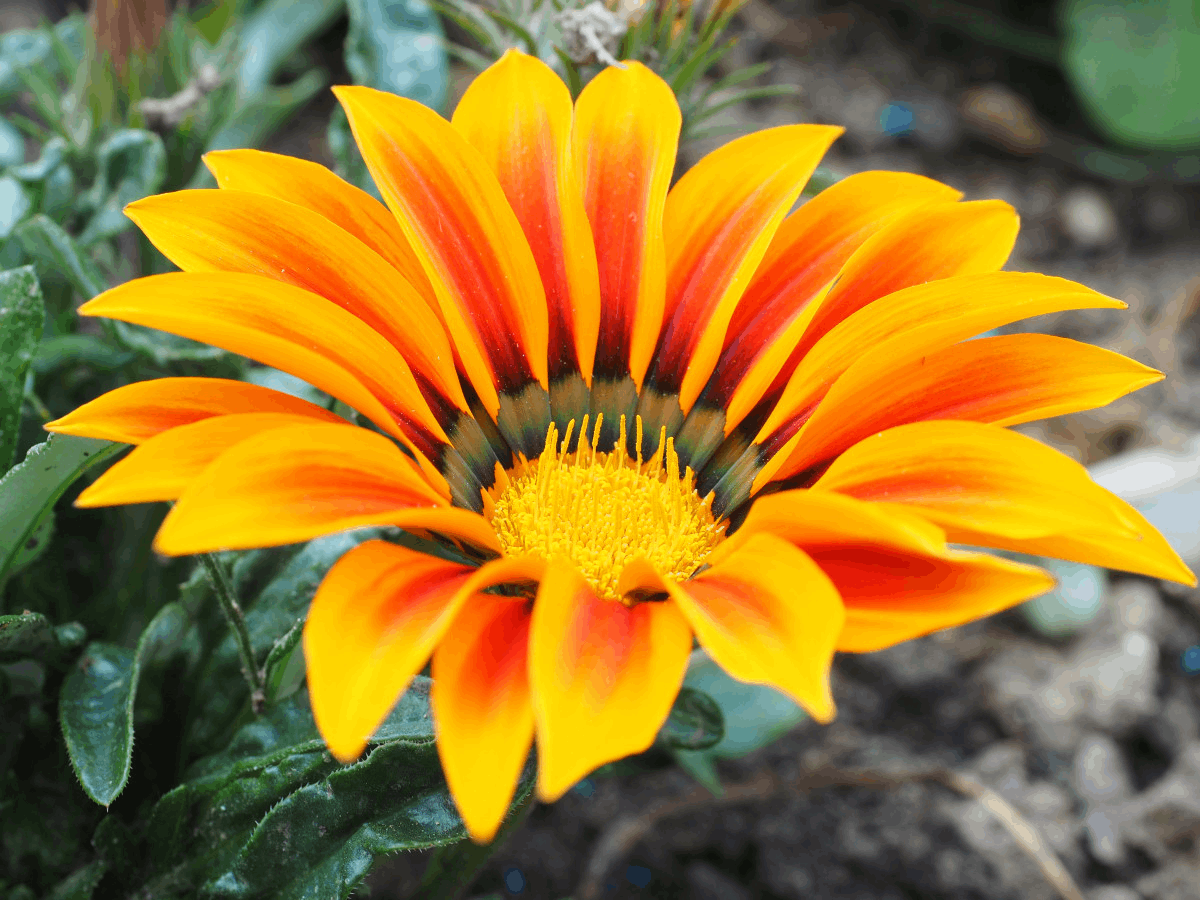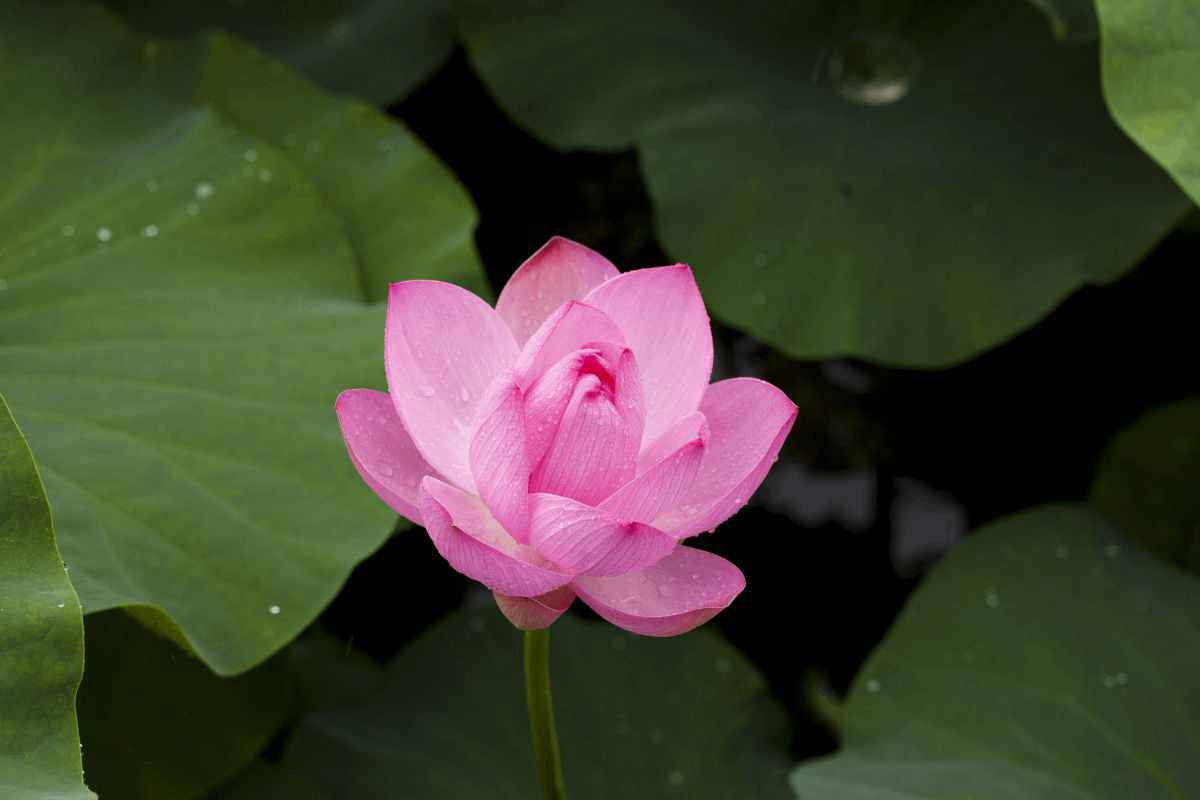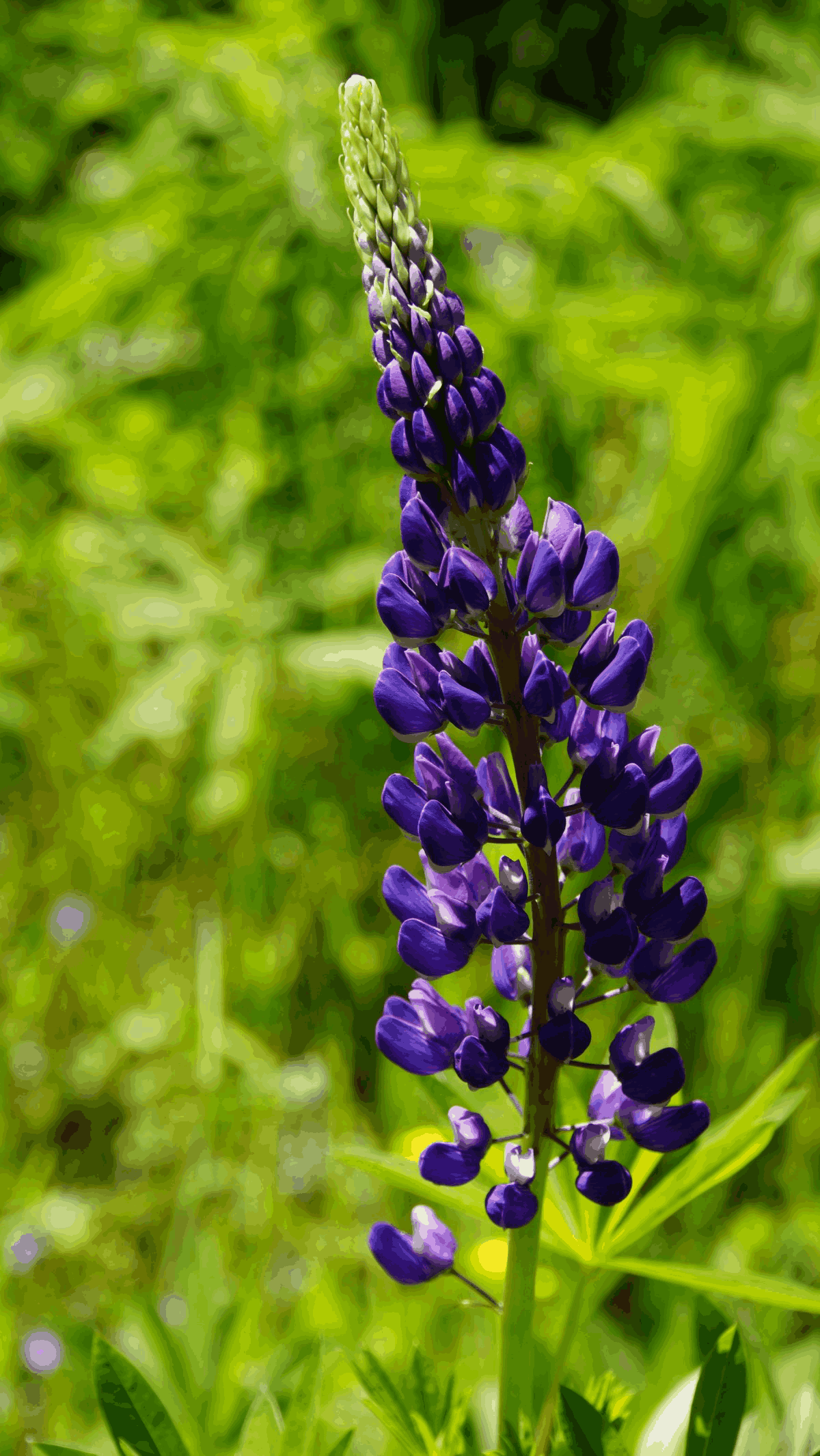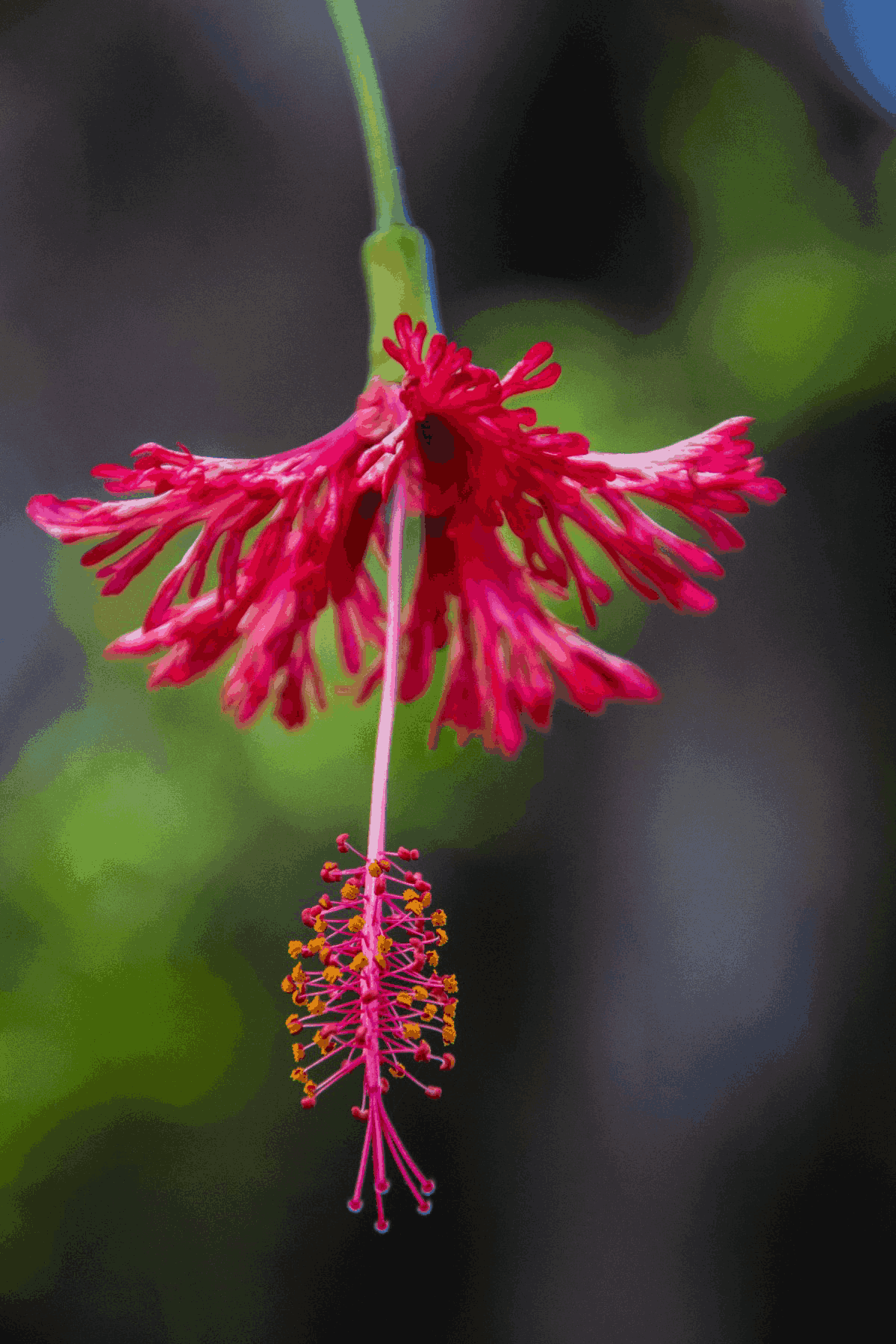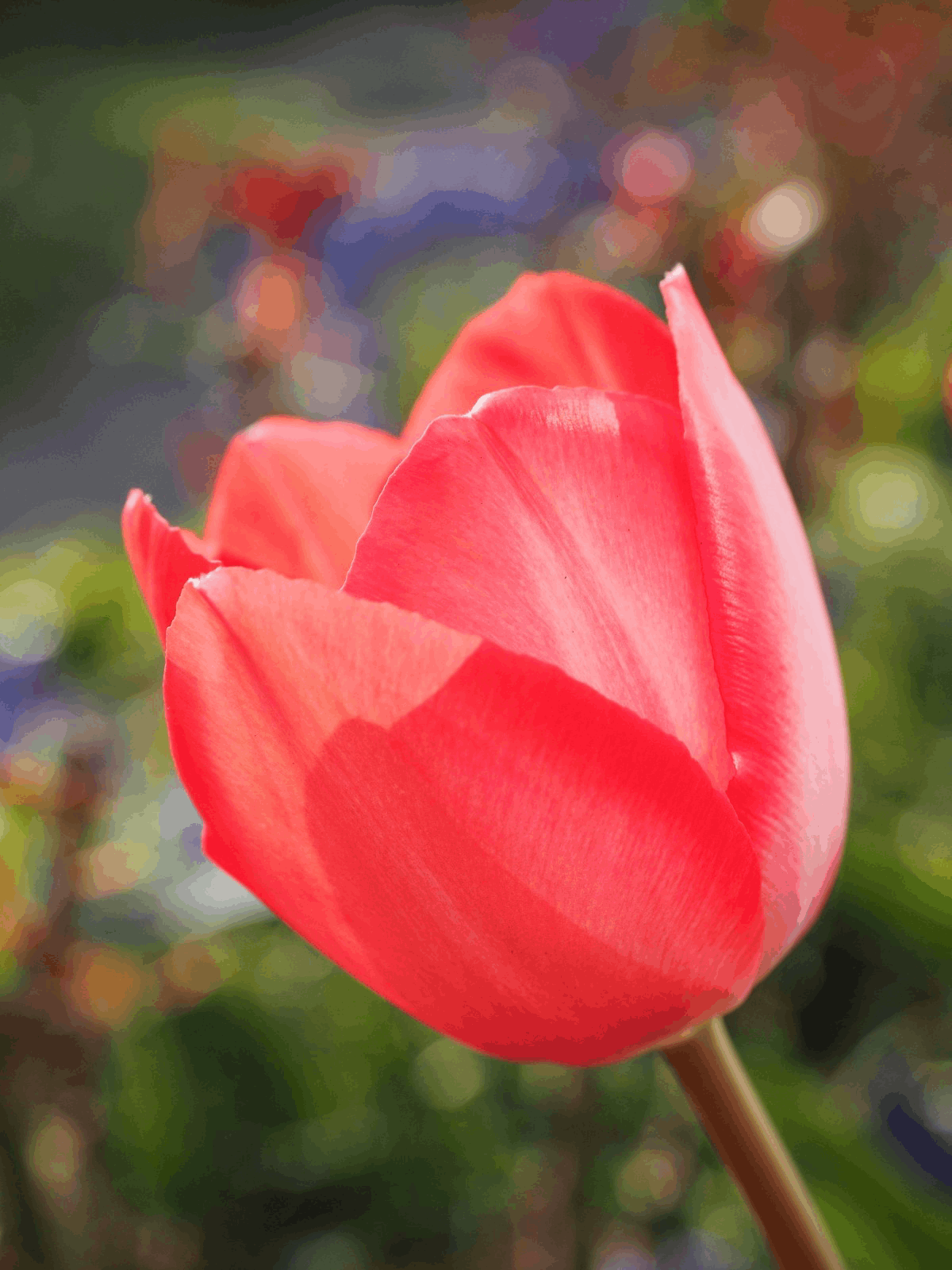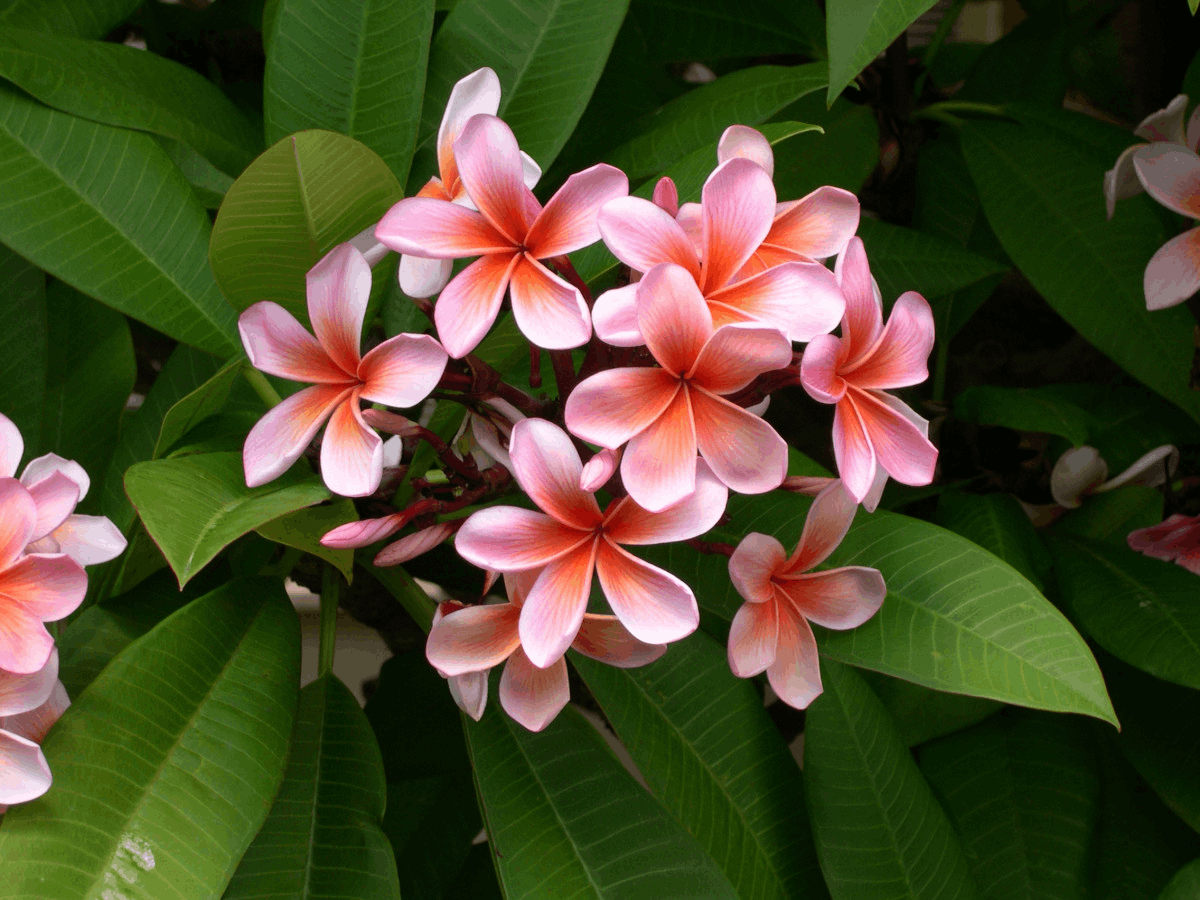Hello! My name is Jason, and I like gardening. There is just something so satisfying about planting a tiny seed, caring for it through its growth, and reaping the rewards with fresh grown produce.
I didn’t always feel that way though. For many years I felt that plants were an unknown for me, and caring for them was way too complicated. What I’d like to do today is talk about some of the myths and barriers that tend to stop people from getting into gardening, and why you should reconsider them if they’ve been stopping you.
- It takes way too much time
I’ll admit, gardening does take time. It probably doesn’t take as much time as you’d think though. Personally, I have dozens of plants growing at any given time, and maintenance for them is a very small part of my day. On average, I probably spend less than 30 minutes a day caring for my plants.
If you start small, with maybe only one or two plants that are relatively low maintenance, it’ll probably only take you a few minutes a day. And if you give it a try, you may find (as I did) that it’s actually surprisingly relaxing. Plus, if you’re growing herbs, fruits or vegetables, you’ll get the eventual payout of homegrown food. There’s really nothing like enjoying a nice meal and knowing that even some small part of it is something you grew yourself.
- It seems too complicated, with all of the different fertilizers, trying to figure out when to water, etc.
You can certainly dive deep into the science, learn how to mix your own fertilizer, do your own composting, and so on. That’s really not required though. The main things you need to do to ensure that your plants are healthy and productive are to provide it with warmth, light, water, and nutrients. If you’re growing outdoors, most of these requirements are taken care of by the sun, the weather, and your soil. You’ll probably need to help out with the watering during hot days, and maybe apply a bit of fertilizer if your soil isn’t rich enough, but there’s no need to get overly complicated.
Growing indoors is a bit more complicated, but not as much as you’d think. Assuming you don’t keep your home particularly cold, warmth is covered; light can be provided by putting the plants in a south-facing window or buying a cheap grow light; you’ll need to check your soil (or your reservoir if growing hydroponically) to make sure things don’t get too dry; and there are a lot of simple fertilizers out there that only need to be applied once a week or so.
- I tried growing things before and they all died, so I’m just not good at it
It can definitely be disheartening to have a plant die on you. It’s important to note, however, that failing and making mistakes are just part and parcel with picking up any new hobby or skill. I’ve been gardening extensively for a few years now, and I still have plants die on me. I’ll often check my plants these days and find them in a state that a few years back would have me giving up on the plant; instead, I make a small adjustment and the plant often recovers.
My advice is to just keep at it. If you’re having trouble, or if your plants aren’t doing well, reach out to a more experienced gardener, find out what went wrong, and learn from your mistakes. After a while, you’ll find that you don’t freak out anymore when your plants look droopy, or yellow, or any number of other issues, and instead you’ll either know just what to do or know who to ask. You might even find after a while that people start coming to you for gardening advice.
- I just don’t have the space
You don’t need acres of land to grow fresh food. You don’t even need a backyard. It’s surprising how well plants will grow in enclosed spaces, and information on this can be a bit misleading. If you Google “pepper plant pot size”, for example, it’ll tell you that you need a 3-5 gallon pot, and that could certainly stop you in your tracks if you only have a small window sill to grow on.
However, what these sites often fail to say is that these are sizes for ideal growth. To continue my example, pepper plants can grow to be several feet tall (and often just as wide) when planted in a 5 gallon pot. They’ll also grow perfectly well, and produce surprising amounts of peppers, when grown in a 32oz (1/4 gallon) mason jar. This doesn’t necessarily translate for all plants, and there are definitely some that you’ll be unable to grow with limited space, but at the very least there are herbs, and lettuce. I can almost guarantee that there is some edible plant you like that you can grow in the space you have.
- It seems way too expensive
You can certainly spend a lot of money on gardening if you’re so inclined, but that doesn’t mean that it’s necessary. Seeds themselves are generally inexpensive, and you can use almost any container as a pot so long as it can hold the soil and drains well. Soil can also be pricey if you’re buying a lot, but if you grow hydroponically you remove that from the equation entirely, and it’s easier than you might think to set up your own composter and turn everyday kitchen scraps into new soil.
There are also dozens of costly fertilizers and hydroponic nutrients out there, but there are also some pretty cheap ones too. Personally, I almost exclusively use Masterblend Tomato Formula which, in spite of the name, works well for every plant I’ve ever tried it with, and works out to less than $0.10 per gallon. You do have to mix it yourself, but that is very simple to do, and can be done in large batches so you don’t need to mix it up too often.
- There is just way too much to learn
Sure, there is a lot you can learn about gardening. I learn new things all the time. But you don’t need to know absolutely everything there is to know about it to get started. Start small, with a single type of plant, and once you’ve got that mostly figured out, expand to another.
When I started gardening, I mainly grew hot peppers. I learned everything I could about their specific quirks, and got pretty good at growing them (if I do say so myself). And that’s really what gardening is all about, learning what conditions your chosen plant prefers, and doing your best to provide them.
- I don’t want to have to deal with pests
Trust me, I hear you there. Especially if you’re growing outdoors. Nobody likes seeing slug slime trails along with slug-sized bites missing from your plants’ leaves, or seeing creepy crawlies crawling all over your (now sickly) plant. You might also think that the only way to combat this is with pesticides.
In actuality, there are a lot of easy options to keep those critters away. Slugs, for example, can be repelled by sprinkling some used coffee grounds around vulnerable plants (which helps provide some extra nutruents to your plants to boot); and a lot of invaders hate the smell of cayenne pepper, so sprinkling a bit around the edges of your pots or garden beds can help keep them pest free.
There’s also something called “companion planting”, where you grow other plants (called companion plants) to protect your crops. As an example, growing basil next to your peppers will drive away many common pests like aphids and spider mites. Plus, you also get a crop of fresh basil, so win-win.
- I live in a cold climate, so having a garden is not possible
I live in Nova Scotia, Canada, and we often have brutal winters and short summers. I also have a greenhouse where I grow raspberries, a small dwarf apple orchard, and I have dozens of plants growing in various hydronponics system throughout my home. Growing plants in a cold climate can certainly be more difficult, but there are absolutely ways to have a small garden indoors, or even outdoors if you’re willing to find ways to work around your limitations.
- It takes too long for plants to grow
This really depends on the plant. Something like an apple tree is going to take a few years to produce apples, sure, but there are plenty of plants out there that don’t require such a lengthy comittment. Lettuce and herbs in particular grow quite quickly, and if you like zucchini, not only do they grow quick but they are prolific, to the point that many gardeners joke about having so many that they’ve run out of family and friends to give them to.
That’s not to say that I’m advocating for avoiding plants that require more time to produce. Get started with something that is quicker to produce if you like, but I encourage you to at least consider moving on to other plants. Trust me, all of your time and effort will eventually be rewarded with fresh, home-grown produce, and a real sense of pride.
- I’m a creative person, and gardening has too many rules
This is one of the main reasons that I avoided gardening for so long, and boy was I wrong. Sure, you can go to any number of online articles or gardening books, and you’ll likely see a list of things that you absolutely must do to make your plant grow. And while I’m sure these rules are well thought out, have worked for the author in the past, and are well-intentioned, but one thing I’ve found is that they’re often wrong.
One of my primary areas of interest in gardening is growing hydroponically, and you’d be surprised how creative you can be with hydroponics. Not only have I grown plants successfully using a number of different hydroponic techniques, but I’ve designed a lot of hydroponics systems of my own out of simple things like plastic storage totes and PVC pipe.
Just like anything else, I recommend that you get started with pre-made growing systems and using recommended techniques, but once you’ve learned the basics there is ample opportunity to customize things, and grow the way that you want to.


